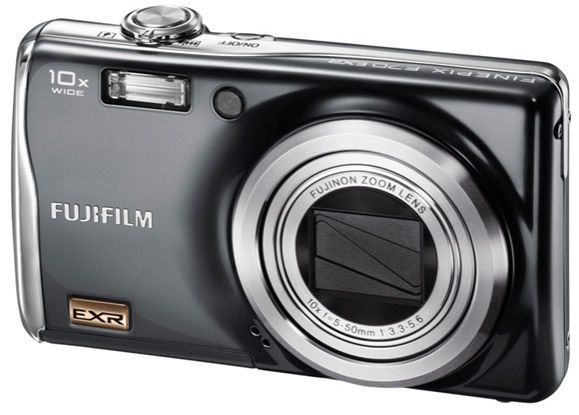Fujifilm FinePix F70EXR 8 to 10 Megapixel
Fujifilm FinePix F70EXR 8 to 10 Megapixel
USER REVIEWS
|
[Nov 09, 2010]
BirdmanF4L
Intermediate
Strength:
The Fujifilm's common strenghts are:
Weakness:
The Fujifilm's common weaknesses are:
Introduction:
Similar Products Used: -FujiFilm F80EXR |
|
[Aug 28, 2009]
pook
Intermediate
Strength:
-unique exposure system
Weakness:
- the lens, though i love its range 27-270mm, it looks a little soft. Its not as sharp as my g7 but fine for family photo.
My F70EXR REVIEW
Similar Products Used: none |




